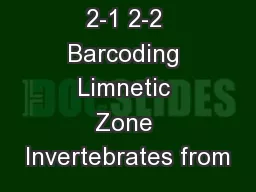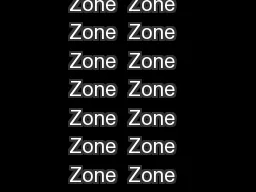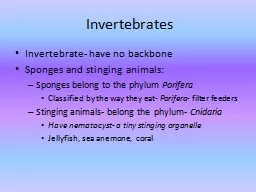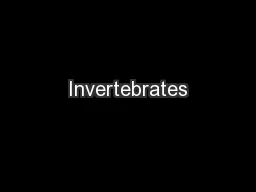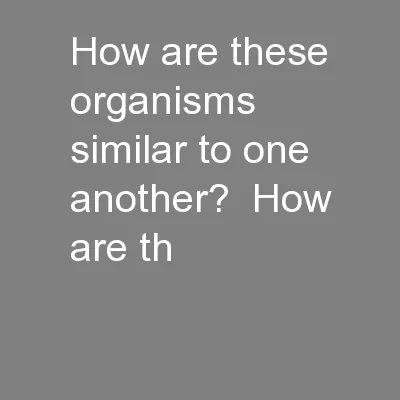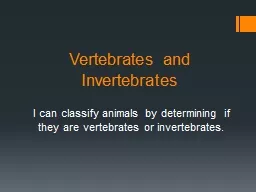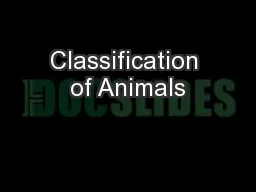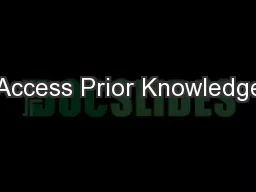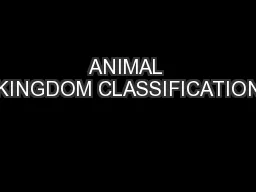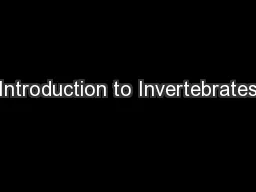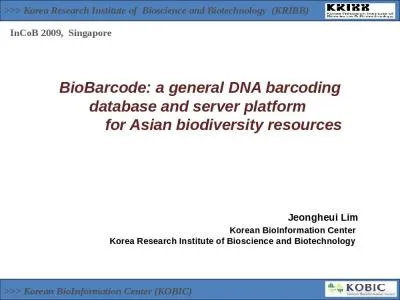PPT-References 2-1 2-2 Barcoding Limnetic Zone Invertebrates from
Author : karlyn-bohler | Published Date : 2018-02-25
Greens Creek Brookside County Park West Sayville NY Mackenzie Damon Nita George Amy Tomko Sayville High School Mentor Maria Brown Results Barcoding is
Presentation Embed Code
Download Presentation
Download Presentation The PPT/PDF document "References 2-1 2-2 Barcoding Limnetic Zo..." is the property of its rightful owner. Permission is granted to download and print the materials on this website for personal, non-commercial use only, and to display it on your personal computer provided you do not modify the materials and that you retain all copyright notices contained in the materials. By downloading content from our website, you accept the terms of this agreement.
References 2-1 2-2 Barcoding Limnetic Zone Invertebrates from: Transcript
Download Rules Of Document
"References 2-1 2-2 Barcoding Limnetic Zone Invertebrates from"The content belongs to its owner. You may download and print it for personal use, without modification, and keep all copyright notices. By downloading, you agree to these terms.
Related Documents

